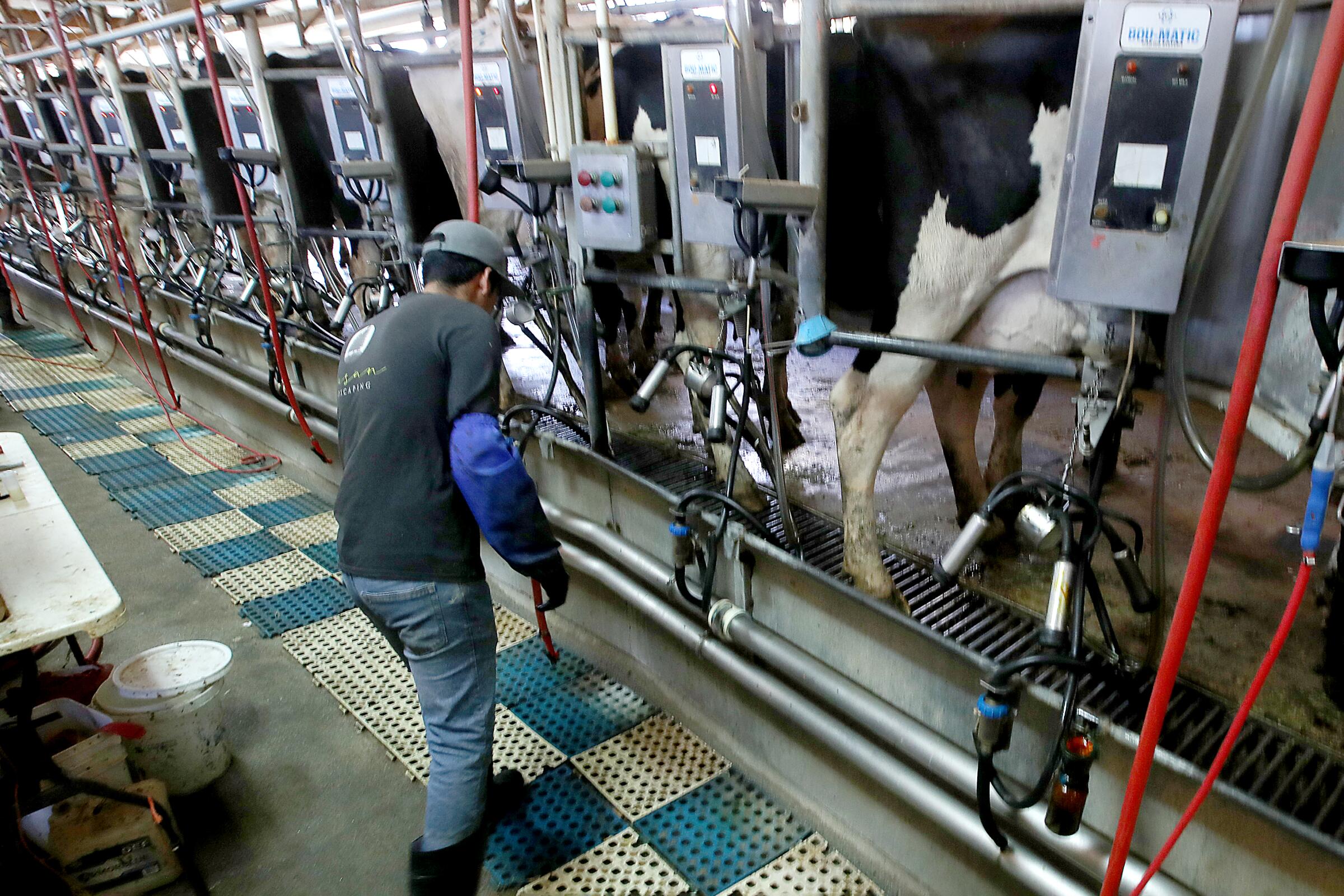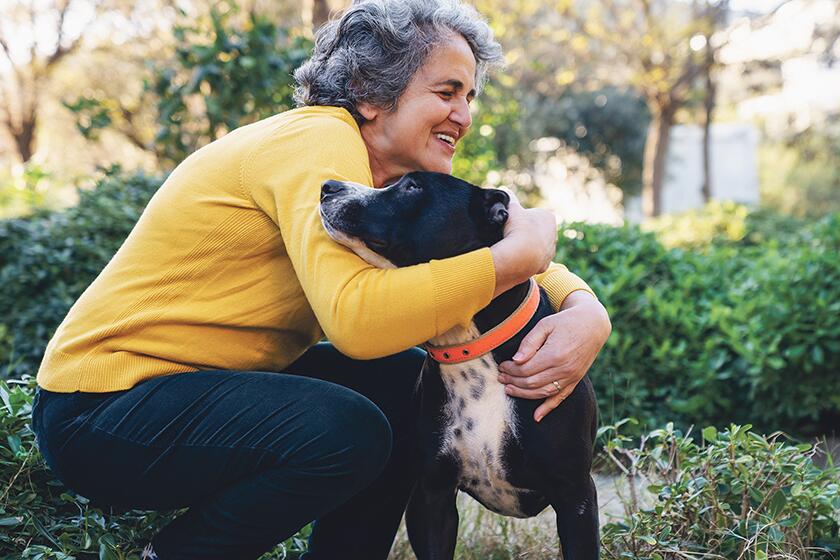Susanne Rust is an award-winning investigative reporter specializing in environmental issues. She is based in the Bay Area.
1
Officials announced Thursday that a third U.S. dairy worker has been infected by avian flu, or H5N1. This is the second case in Michigan.
Federal officials said that unlike the first two U.S. cases — whose symptoms were limited to conjunctivitis, or pink eye — this person presented with more typical flu-like respiratory symptoms. None of the three cases are associated with the others.
The risk to the general population is still considered low, federal officials said.
Aggressive and impactful reporting on climate change, the environment, health and science.
However, the case “underscores the importance of recommended precautions in people with exposure to infected or potentially infected animals,” officials said in a written statement.
Officials said in a news conference Thursday that 40 people have so far been tested for H5N1, and they have actively monitored more than 350 people — that includes 220 in Michigan.
They’ve also issued roughly 17,000 PCR tests for cattle — although, that does not mean 17,000 individual cows were tested, said Eric Deeble of the United States Department of Agriculture. Some of those are pooled samples, so an individual test could “represent many more animals.”
He would not provide an estimate regarding how many cows are infected.
Answering the basics on Bird Flu 2024
The latest dairy worker had been exposed to H5N1-infected cows and reported flu symptoms to local health officials. The person complained of a cough and eye discomfort with watery discharge. The worker did not have a fever. The patient was given antiviral treatment, is currently isolating at home and symptoms are resolving.
Nobody else in the person’s home has developed symptoms, although they are being monitored. In addition, no other workers at the same farm have reported symptoms, and all staff are being monitored.
They underscored that there is no indication of person-to-person spread of bird flu at this time.
In March, federal officials reported that H5N1 had jumped from birds to dairy cattle. The virus has been detected in 67 herds across nine states. There are no known dairy cattle cases in California.
Earlier this week, Idaho reported that the virus had been detected in a herd of llamas. And a chicken farm in Iowa was infected, necessitating the culling of 4.2 million birds.
Federal officials said in April that they believed the nation’s milk supply is safe, after H5N1 was detected in grocery store milk. However, they recommend avoiding raw milk, which can have high levels of active virus.
As researchers scramble to understand the extent of H5N1 bird flu spread, there’s one group of animals they say we should pay special attention to: Our pets.








